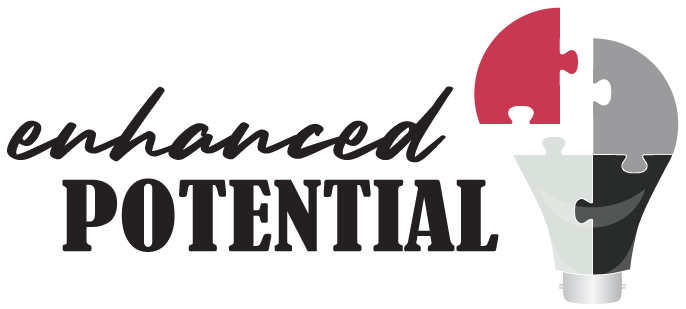How to Influence Without Authority: Harnessing Your Personal Power at Work
When you think of power at work, what comes to mind?
A corner office? A title on a door? The loudest voice in the room?
Here’s the truth: Power isn’t just about titles—it’s about presence and connection.
And for mid-career women navigating complex workplaces, that’s great news.
You already have influence—more than you think. The key is learning how to use it with intention.
Let’s talk about how you can harness your personal power to influence decisions, shape conversations, and lead from wherever you are—no title needed.
Personal vs. Positional Power: What Really Lasts?
There are two types of power at work:
- Positional power: authority that comes with a title—like being a manager, director, or CEO.
- Personal power: the influence you create through your credibility, relationships, and clarity of communication.
While positional power can open doors, personal power is what makes people want to walk through them with you.
Why is personal power more sustainable? Because it’s built on trust, authenticity, and consistency. It’s not about hierarchy—it’s about how you show up, how you connect, and how you contribute value.
This is especially important for women in mid-career roles, where influence often depends more on cross-functional relationships than formal authority.
Know What Motivates Others
You can’t influence someone if you don’t understand what matters to them.
Effective influence starts with empathy and curiosity. Ask yourself:
- What does my manager care about most?
- Are they driven by outcomes? By relationships? By innovation or risk mitigation?
- How do they make decisions—fast and intuitive, or slow and analytical?
In influence research from Harvard Business Review, three powerful levers of persuasion are identified:
- Logical appeal – grounded in data, structure, evidence
- Emotional appeal – connecting to values, vision, purpose
- Cooperative appeal – showing how your idea supports shared goals
The key is to match your message to what motivates your audience.
Tailoring Your Message
Let’s say you’re pitching an idea to improve team collaboration. How you frame it matters—especially if you’re dealing with different communication styles:
🧠 Analytical communicator:
“This solution will reduce inefficiencies by 20%, based on our last quarter’s metrics. I’ve outlined the projected ROI and supporting data.”
🌟 Intuitive communicator:
“This could shift how we collaborate, helping us future-proof our ways of working and stay ahead of the curve.”
🧰 Functional communicator:
“I’ve mapped out each phase—needs analysis, rollout, and review—so we can monitor progress clearly.”
💬 Personal communicator:
“This will help us feel more connected as a team, and improve the client relationships we all value.”
Influence isn’t about changing who you are—it’s about learning to speak their language.
The more you adapt your message to meet others where they are, the more traction you gain.
Don’t Just Bring Problems—Bring Thinking
Here’s a phrase I encourage my clients to try:
“Here’s what I’m thinking, and why. I’d love your take on whether this aligns with your priorities.”
Why does this work?
Because you’re not just offloading a problem. You’re showing initiative, strategic thinking, and a willingness to collaborate. This builds trust—which is the foundation of all influence.
Want to deepen that trust?
Check out my related blog: https://enhancedpotential.com.au/trust-and-success-at-work/
👉 “How Trust Builds Influence at Work”
Influence Starts With You
The truth is, you don’t need a title to have influence.
You already have everything you need—credibility, insight, emotional intelligence, and presence.
What often gets in the way is doubt. Doubt in your value. Doubt in your ideas. Doubt in your voice.
But when you show up with clarity, communicate intentionally, and take time to understand others—you shift from being a passive observer to a powerful influencer.
Let’s Map Your Influence Style
Want help figuring out your influencing style, how to work with different personalities, and how to get buy-in from your manager or stakeholders?
Book a 30-minute laser coaching session with me and let’s map it out together.
You’ll walk away with clarity, confidence, and an influence action plan tailored to you.


